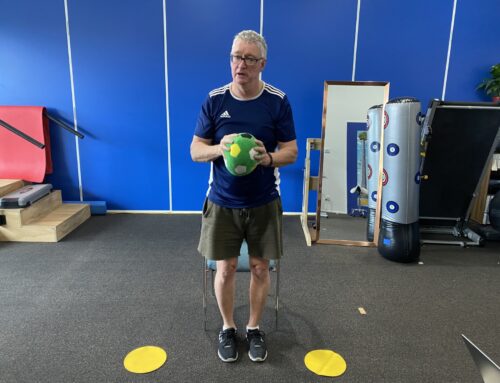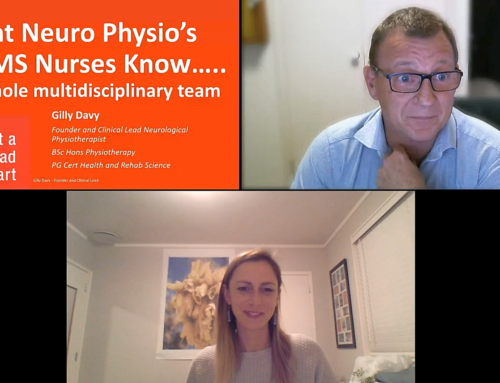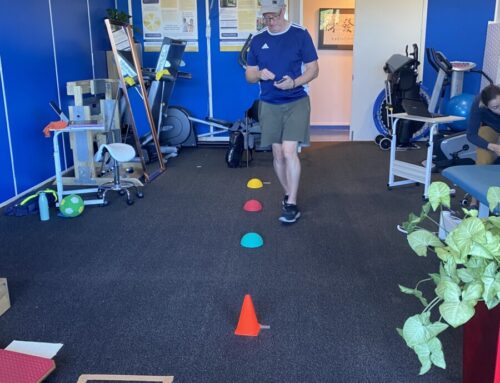The discovery that the brain and the body have the ability to restore old pathways and create new pathways revolutionised the medical and rehabilitation fields. The neural system in the brain is “plastic” which means it has the ability to re module itself, known as neuroplasticity. By forming new neural connections, this can compensate for injury and disease.
Neuroplasticity can be defined as;
“Any change in neuron structure or function due to changes in behavior, environment and neural process”
Neuroplasticity is the drive for recovery in many neurological conditions, especially in strokes and brain injuries. However neuroplasticity rarely occurs on its own, this is where neurological rehabilitation is vital as neurorehabilitation is a RELEARNING process. To drive neuroplasticity and the relearning process your rehabilitation MUST include the following 6 elements:
- Repetition – approximately 2000 – 60,000 – that means LOTS.
- Intensity – number of reps per session is important.
- Timing – functional combined movements.
- Difficulty – is there is no challenge there will be no change!
- Specificity – you improve what you train.
- Salience – meaningful, relevant, goal related.
Neurological physiotherapists are the specialists in neurorehabilitation and should ensure that all 6 elements are incorporated into your therapy. More details about these 6 elements will be on the blog shortly.
Can you teach an old dog new tricks?
Yes, the older brain still has the same capacity for neuroplasticity, but the quality of the neurons is lower. This means that plasticity can be harder to achieve. Your brain needs to be fit enough to change and your neurons need to be healthy. Regular physical activity and exercise will help to achieve this.






